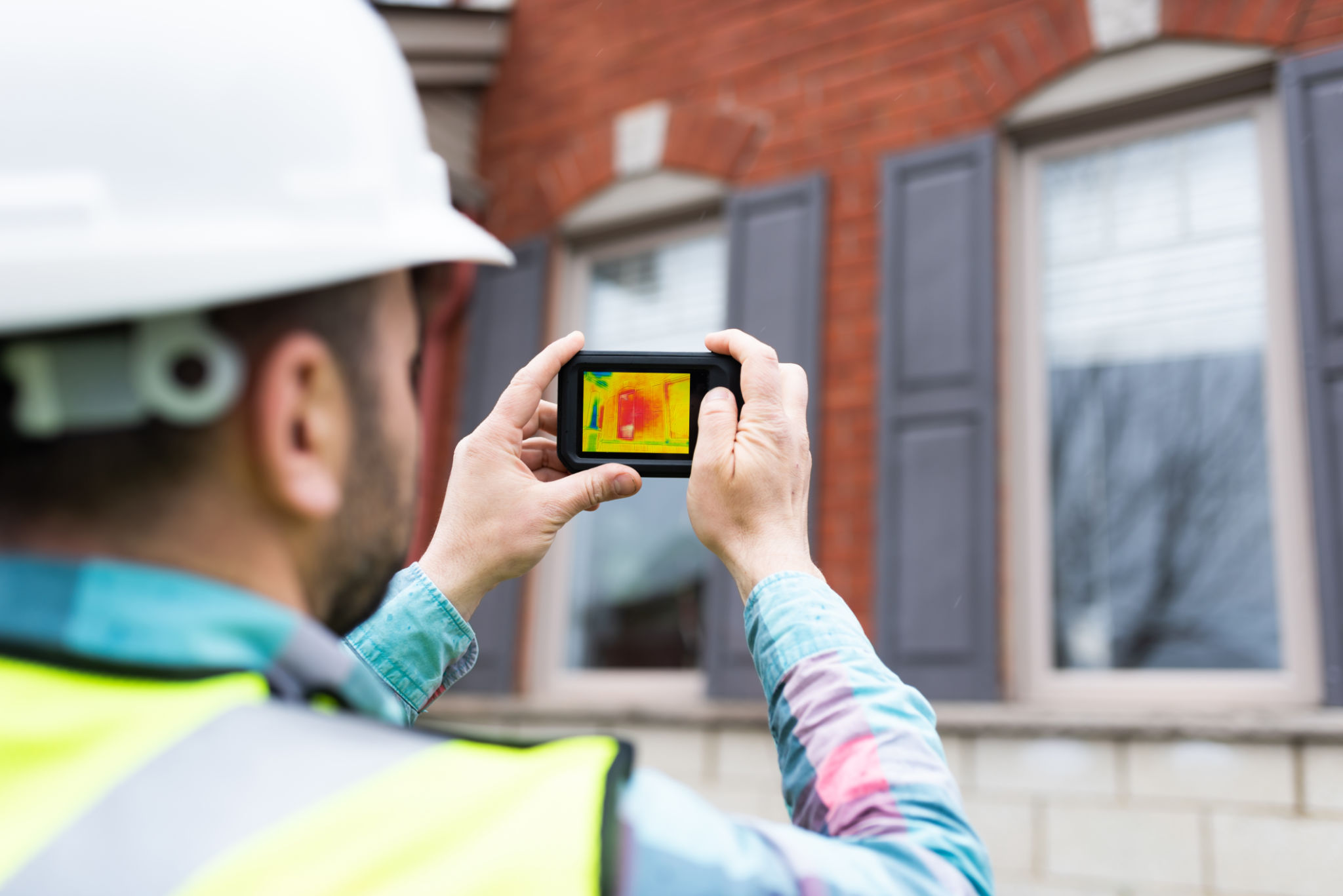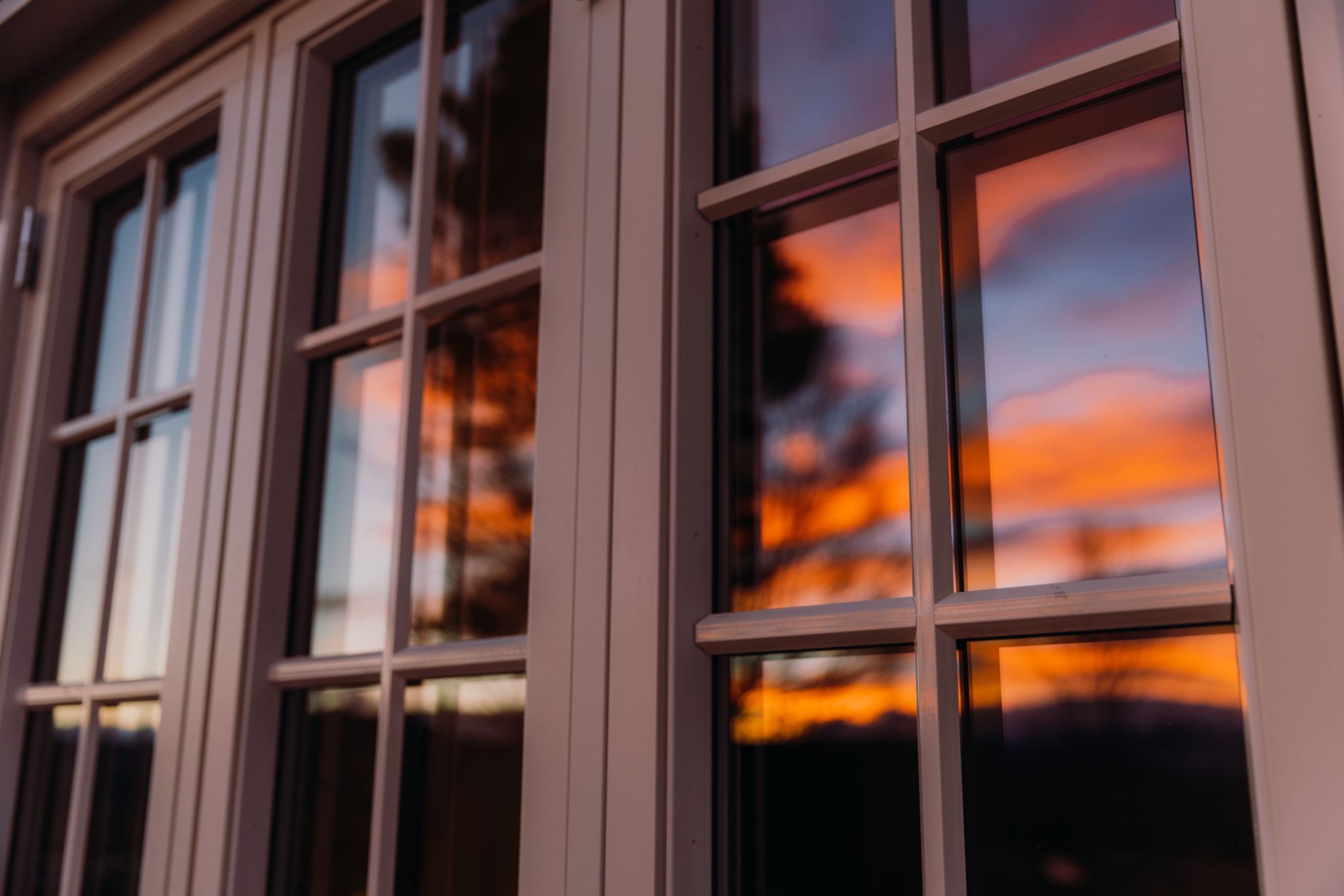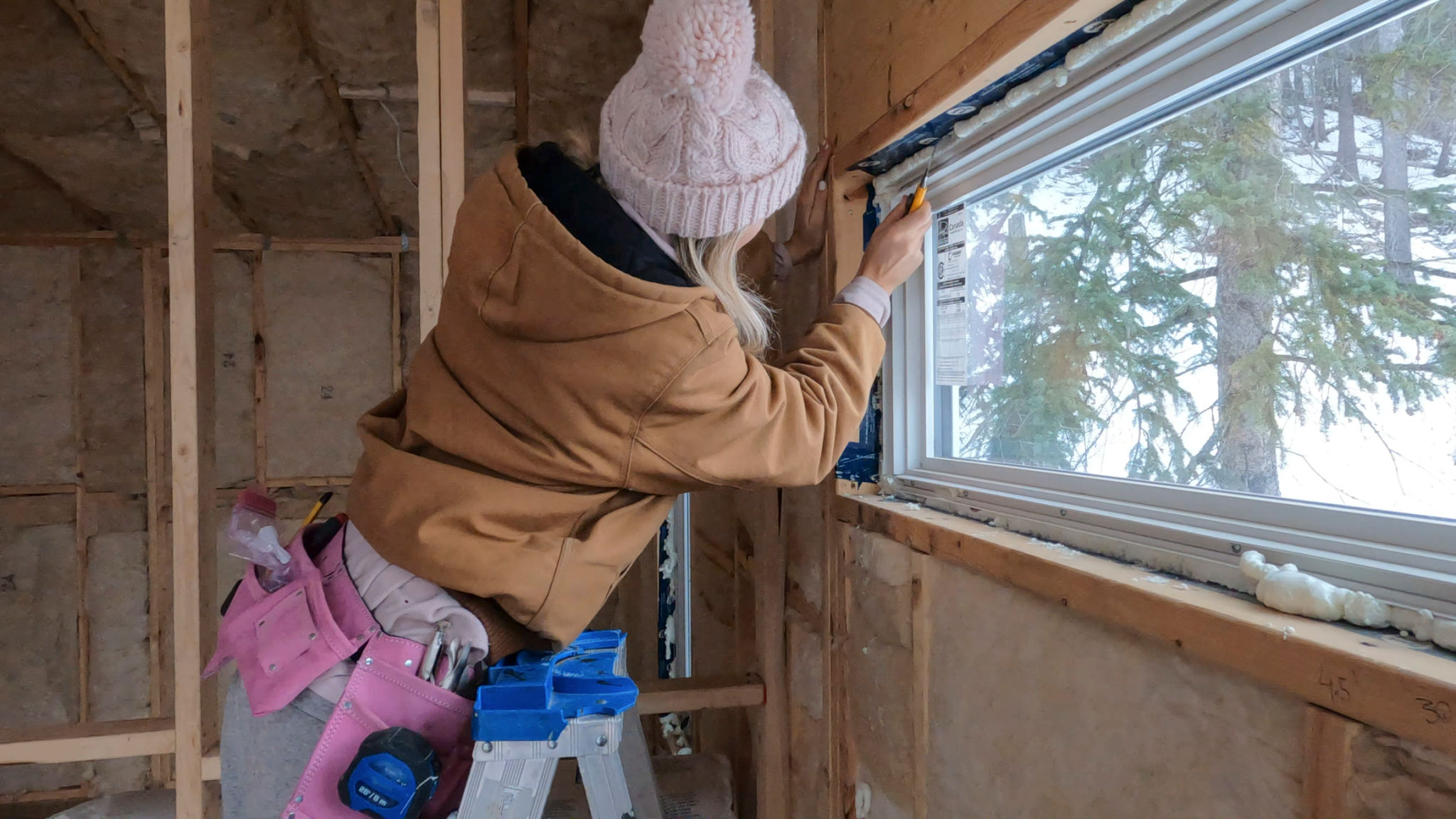Comparing Energy-Efficient Windows: What You Need to Know
Understanding Energy-Efficient Windows
When it comes to making your home more energy-efficient, windows play a crucial role. Energy-efficient windows are designed to prevent the escape of conditioned air from inside your house, reducing the need for excessive heating or cooling. But with so many options available, understanding the differences can be overwhelming. This guide will help you compare energy-efficient windows and choose the best fit for your home.

The Importance of Window Ratings
Before diving into specific window types, it's essential to understand the ratings used to measure their efficiency. Two primary metrics are the U-factor and Solar Heat Gain Coefficient (SHGC). The U-factor measures how well a window can prevent heat from escaping, while SHGC indicates how well the window blocks heat from sunlight. Lower values in both metrics typically mean better energy efficiency.
Look for windows certified by Energy Star or the National Fenestration Rating Council (NFRC). These certifications ensure the windows meet specific energy performance standards, giving you confidence in their efficiency.
Types of Energy-Efficient Windows
There are several types of energy-efficient windows to consider, each with unique features. Common options include:
- Double- or Triple-Pane Glass: These windows contain multiple layers of glass filled with insulating gas, significantly reducing heat transfer.
- Low-E Glass Coatings: Low-emissivity coatings reflect heat back into the room during winter and reduce heat gain in the summer.
- Argon or Krypton Gas Fills: These inert gases are used between glass panes to improve insulation.

Comparing Frame Materials
The material of the window frame can also impact energy efficiency. Common materials include:
- Vinyl: Known for being affordable and providing good insulation.
- Wood: Offers excellent insulation but requires more maintenance.
- Aluminum: Durable but less efficient without a thermal break.
- Fiberglass: Combines durability with energy efficiency and low maintenance.
Consider the climate in your area and your budget when choosing the frame material, as it can affect both the initial cost and long-term savings on energy bills.

Cost vs. Benefits
While energy-efficient windows can be more expensive upfront, they offer long-term savings on your energy bills. On average, homeowners can save between 12% to 33% on heating and cooling costs by upgrading to efficient windows. Additionally, these windows can increase your home's value and comfort, making them a worthwhile investment.
If budget is a concern, consider replacing only north-facing or drafty windows first, as these typically have the most significant impact on your home's energy efficiency.
Choosing the Right Windows for Your Home
When selecting energy-efficient windows, consider factors such as climate, window orientation, and aesthetic preferences. Consult with a professional to evaluate your home's specific needs and get recommendations tailored to your situation. Remember, investing in quality windows will improve your home's energy efficiency and enhance its overall comfort and value.
By understanding these key aspects of energy-efficient windows, you can make an informed decision that suits your home's needs and contributes to a more sustainable environment.